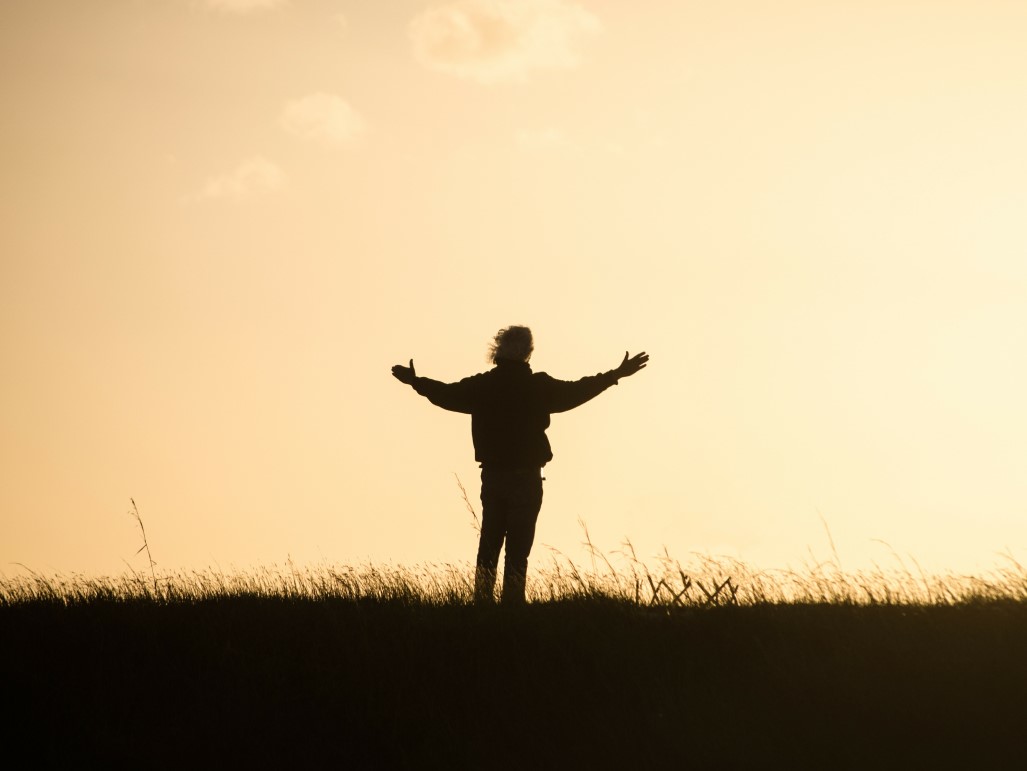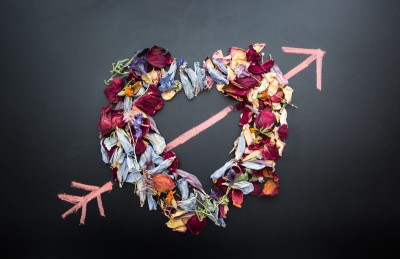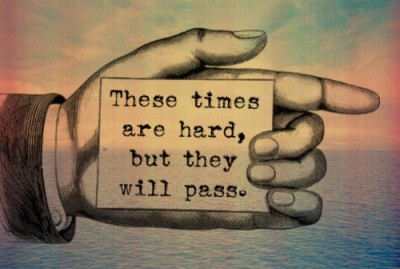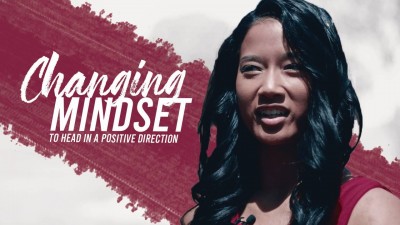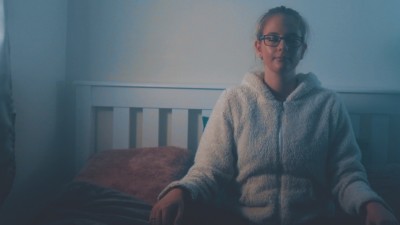The first time Lucy heard about keeping a gratitude journal was in the 90s, watching an episode of Oprah. Lucy was a student, distracting herself with television at the time, and remembers rolling her eyes, thinking the concept sounded super corny.
Even so, the idea of a gratitude journal stayed with Lucy over the years, and began to sound less and less corny, as serious research started backing the practice as having definite mental health benefits. Still, Lucy filed it under, ‘something I should try at some point, but probably won’t ever get around to’, resisting such a practice, or maybe just waiting for the right time.
That time arrived around a year ago when Lucy’s close friend, Kaia, became depressed and Lucy wanted to be of help to her. It was a difficult situation because trauma was implicated in Kaia’s depression, an issue Lucy didn’t fully understand. Lucy could listen as Kaia poured out her pain in their daily phone chats and texts, but listening alone seemed to be of only marginal benefit. Lucy worried about her friend and was sad to see her suffer like this.
Lucy was reluctant at first, suggesting to Kaia a gratitude journal. She worried the concept of ‘counting your blessings’, might be seen as patronising to someone in so much pain and would trivialise the very real issues she faced, but eventually, during a particularly despondent phone call, Lucy decided to bring it up.
Lucy explained to Kaia how she had always been curious about the concept of a gratitude journal, specifically wanting to know if something so simple actually worked. She suggested they give it a go together. That before they spoke in the evening, they should write down five positive things about their respective days and then share them with each other, the only proviso being that no incident was too small to be grateful about. To Lucy’s surprise, Kaia agreed right away.
In hindsight, Lucy believes the proviso of no incident being too small to be grateful about, was key to how the experiment evolved. To begin with, Kaia struggled to come up with five items for her gratitude list and, truth be told, there were days when Lucy did too, so being able to call on less significant occurrences, (for example, ‘my son stacked the dishwasher without complaining once’), made the activity viable from the start.
But it was something else too: as the gratitude experiment went on it became very clear it really was the little things, observing and being grateful for those, that ultimately had the most impact on how they came to view the day that had been, in more positive terms.
As Lucy and Kaia read their lists out to one another in the evening, ostensibly small things such as, ‘the dog hid my slippers out in the yard, so when I went to put them on, they were deliciously warm from being in the sun’, or, ‘when I stopped for a pedestrian he gave me a beautiful smile,‘ took on a richness and bounty that could so easily have been overlooked.
It is not hard to be grateful about the big things that go well, the big ticket stuff you’ve worked hard for, or events that impact your life in big ways, (I got the job I was after; the operation was a success; I won the lotto), but these are not the kind of things you can rely on every day to happen, if at all. And when they do happen, we tend to move on from our gratitude pretty quickly, readjusting our goals upward and looking forward to the next lucky break.
Ultimately, what Lucy and Kaia discovered from practicing gratitude was this: being grateful is about shifting your attention and being more present to the small things. Starting to appreciate things that happen every day; things we otherwise dismiss as insignificant or are not in the habit of valuing or even noticing in the first place. Lucy and Kaia were surprised to discover that genuinely positive moments happened regularly throughout a day, even on ostensibly bad days. By giving those moments their due they were able to reframe, in a very short space of time, their sense of what kind of day they’d had. Reflecting like that, they could say ‘today was good, look at all this good stuff that happened!’.
Eventually — and this is the goal of making a practice of gratitude — Lucy and Kaia started noticing the good moments as they occurred and so enjoying them in real time. This is significant and powerful: Kaia’s mood did improve. And Lucy’s too for that matter. They began really looking forward to their evening phone calls, sharing small but actually quite precious moments from their day with one another. Moments where they unexpectedly got a laugh, chatted briefly with a stranger or were touched by witnessing kindness.
While Kaia definitely needed to continue working with her therapist on her trauma issues, the gratitude journal was transformative in giving her the strength to do so, providing her with, not only respite from her pain, but a regaining of the capacity to experience everyday moments of joy as they happened.
...
Photo by Debby Hudson on Unsplash
